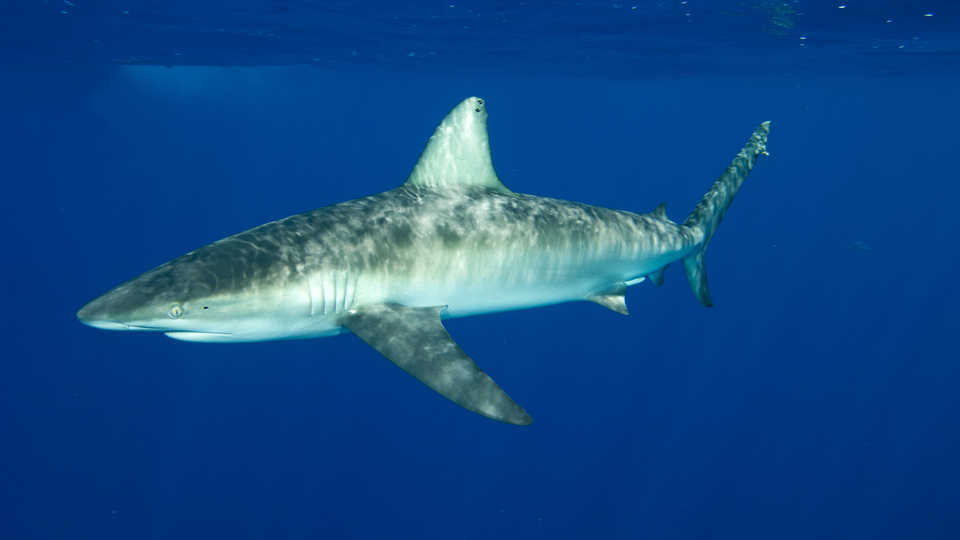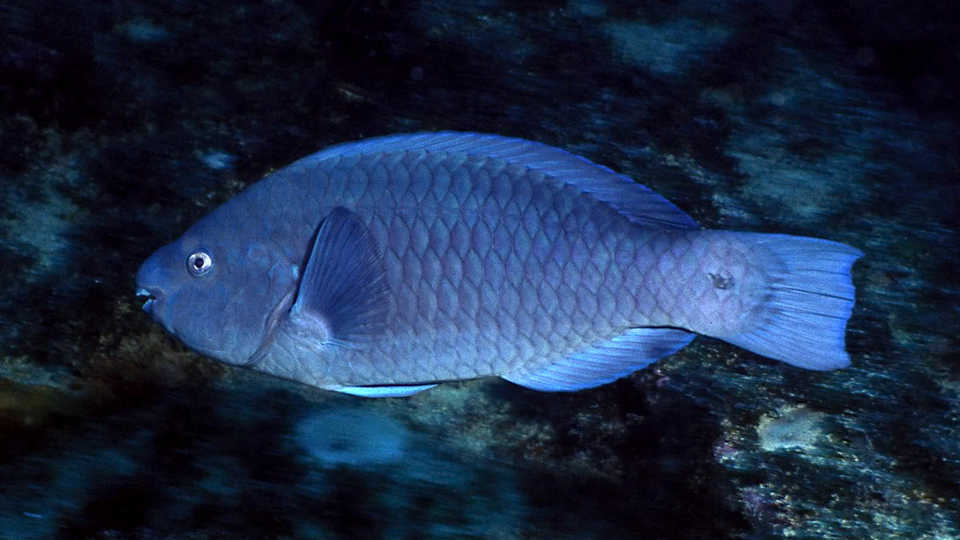In the face of potential conservation setbacks, researchers call for urgent public and private collaboration on fisheries management
SAN FRANCISCO (March 6, 2015) — A team of Brazilian scientists—including Luiz Rocha, PhD, Associate Curator of Ichthyology at the California Academy of Sciences—is raising awareness about impending conservation setbacks for Brazil’s aquatic animals, calling for immediate fisheries management collaboration between the nation’s public and private sectors. The scientists say Brazil can transform this moment of political turmoil into positive action—and become a leader among developing countries facing widespread extinction of aquatic fauna. The call to protect the future of Brazil’s productive fisheries is published this week in Science.
In December 2014, the Brazilian Minister of the Environment released new national “red lists” identifying 3,286 species of plants and animals threatened with extinction—83 of which are aquatic animals commercially exploited by fisheries. Many of the lists’ water-dwelling animals—such as the possibly-extinct Galapagos shark (Carcharhinus galapagensis)—have historically ended up as by-catch during routine fishing operations. The updated red lists seek to strengthen fisheries by naming and protecting species at risk of going the way of the passenger pigeon.
One month after the Brazilian government published updated red lists, roughly 200 fishing boats launched an overnight protest of federal fishing restrictions by blocking Brazil’s second-largest container port. The cruise ship Empress, carrying 2,400 passengers and crew, remained stuck in port as the fishermen’s union negotiated with government officials. The protest ended when labor union representatives reported an agreement to create a committee of public and private stakeholders to evaluate new catch restrictions. Rocha and his colleagues say the time for increased collaboration on fisheries management is past due.
“In Brazil—a country with some of the most unique aquatic environments on Earth—fisheries data don’t really exist,” says Rocha. “There are no bag or size limits for any species of fish, and for the past few years, even the most basic fisheries statistics—such as the numbers and weights of fish being caught—are a blank space. Maintaining current red lists is crucial to making sure management plans start as soon as possible.”
While the industrial fisheries sector has acted swiftly to derail protections for all threatened aquatic species, the scientific collaborative offers management solutions that protect Brazil’s treasured wildlife as well as the financial future of commercial fishing interests. This week’s Science article calls the impact of red lists on industrial fisheries “less disruptive” than previously reported, and highlights the opportunity for fishing interests to work with government agencies and the Ministries of the Environment and Fisheries and Aquaculture to implement inclusive management plans for a “better way forward.”
Scientists stress the importance of annual research-based updates to lists of threatened species, and point to the need for a permanent stock evaluation system to help monitor and reduce the extinction risk for Brazil’s legally protected species. The Galapagos shark is an example of a keystone species thought to have been fished to regional extinction due to decades of nonexistent fisheries regulations. This species is one of many that could have greatly benefited from management plans that help reduce by-catch and prevent the overexploitation of fishing stocks.
“This is a crucial moment for fisheries in Brazil,” says Rocha. “If we don’t act now to protect our aquatic fauna, we may lose a lot of it. Management will only be effective if it is planned and agreed on by all stakeholders.”
The Institute for Biodiversity Science and Sustainability at the California Academy of Sciences is at the forefront of efforts to understand two of the most important topics of our time: the nature and future of life on Earth. Based in San Francisco, the institute is home to more than 60 research scientists and aquarium biologists, as well as 45.6 million scientific specimens from around the world—nearly 40,000 of which are alive and on display in the Academy's Steinhart Aquarium. The institute also leverages the expertise and efforts of more than 100 international Research and Field Associates and 300 distinguished Fellows. Through expeditions around the globe, captive breeding programs, and investigations in the lab, the institute's scientists strive to understand the evolution and interconnectedness of life. Through these same efforts, as well as through partnerships, community outreach, and public engagement initiatives, the institute aims to guide critical conservation decisions and address the challenge of sustainability. Visit www.calacademy.org for more information.
Press Contacts
If you are a journalist and would like to receive Academy press releases please contact press@calacademy.org.
Digital Assets
Hi-res and low-res image downloads are available for editorial use. Contact us at press@calacademy.org to request access.

